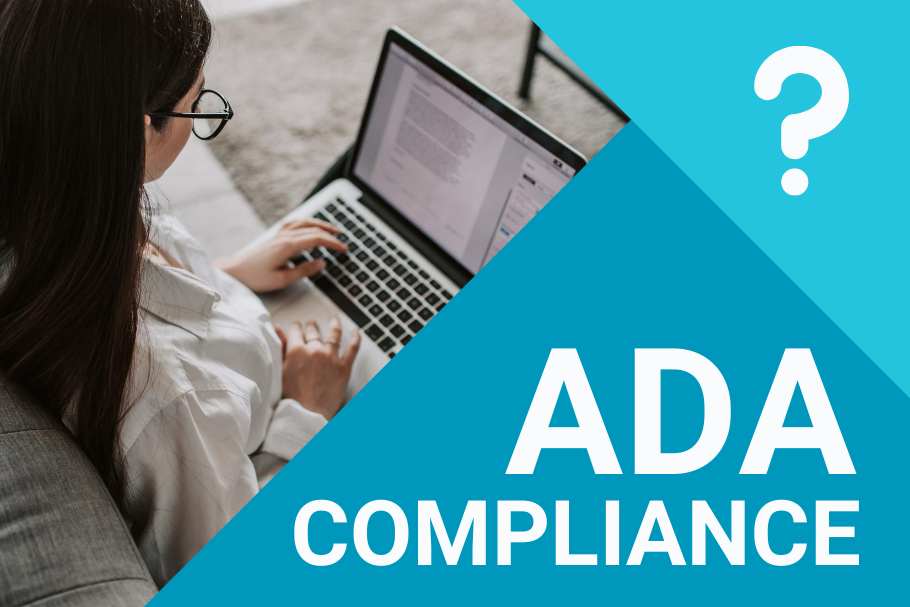…And how do WCAG Guidelines fit in with being ADA compliant?
At WebCheckout, we know your institutions face a plethora of regulations including legal requirements to offer technology solutions that are accessible to all customers with disabilities. And that’s why we decided to offer an ADA-compliant mobile reservation solution. WebCheckout’s Patron Portal is the first and currently the only ADA-compliant mobile reservation solution available on the market.
But what does it mean for a website to be ADA compliant?
And how do WCAG Guidelines fit in? Finally, what risks do organizations encounter if they are not ADA compliant?
It’s challenging to provide a straightforward answer to some of these questions. However, we can elaborate on the relationship between ADA and WCAG and how it may affect your future.
Let’s start with the ADA (Americans with Disabilities Act.)
The ADA is the most prominent U.S. law about public accessibility compliance. The ruling prohibits discriminating against citizens with disabilities within places of public accommodation. These days, websites are widely recognized as such places.
When the ADA was enacted in 1990, the law didn’t offer website standards. However, plaintiffs in court rulings have continuously upheld that the standards of WCAG provide reasonable access to web users.
So what is WCAG?
WCAG stands for Web Content Accessibility Guidelines. It was designed through the W3C process by a host of global organizations to provide a single standard for website accessibility.
The guidelines primarily serve as a roadmap for developers. There are 3 Levels of accessibility that websites can achieve: Level A, Level AA, and Level AAA. The more “A’s,” the more accessibility is offered by a website. Most organizations aim to comply with Level AA, which means they must meet 38 criteria. Some of these criteria include:
- All functionality can be accomplished with a keyboard.
- Text can be enlarged up to 200%.
- Text has adequate contrast against background (4:5:1 contrast ratio for small text, and 3:1 for larger text).
Again, these are just a few of the criteria that organizations, including WebCheckout, must meet to claim Level AA compliance.
In Summary
The ADA requires that all public websites are accessible, and the WCAG provides the standards for websites that have stood the test of multiple court rulings.
However, in a recent letter from senators to the Department of Justice, legislators urged the U.S. to provide clear standards for measuring and testing website accessibility. The day will come when this confusion is put to rest, and it’s overwhelmingly understood that the WCAG standards will be adopted for these purposes.
WebCheckout’s Commitment
WebCheckout’s commitment to achieving Level AA compliance started with a goal of equality. Since we primarily work with higher education, we need to offer the same quality user experience to every student and staff member.
We are especially grateful to our customers (particularly the University of North Florida) for their assistance with this mission. We foresee this becoming more of a “requirement” than a recommendation soon.
It’s an important time to stay ahead of the curve and ensure that all of your customer-facing software solutions meet these essential needs.
Sources:
https://www.w3.org/WAI/standards-guidelines/wcag/
https://www.boia.org/blog/is-there-a-legal-requirement-to-implement-wcag
https://myaccessible.website/blog/wcaglevels/wcag-levels-a-aa-aaa-difference


